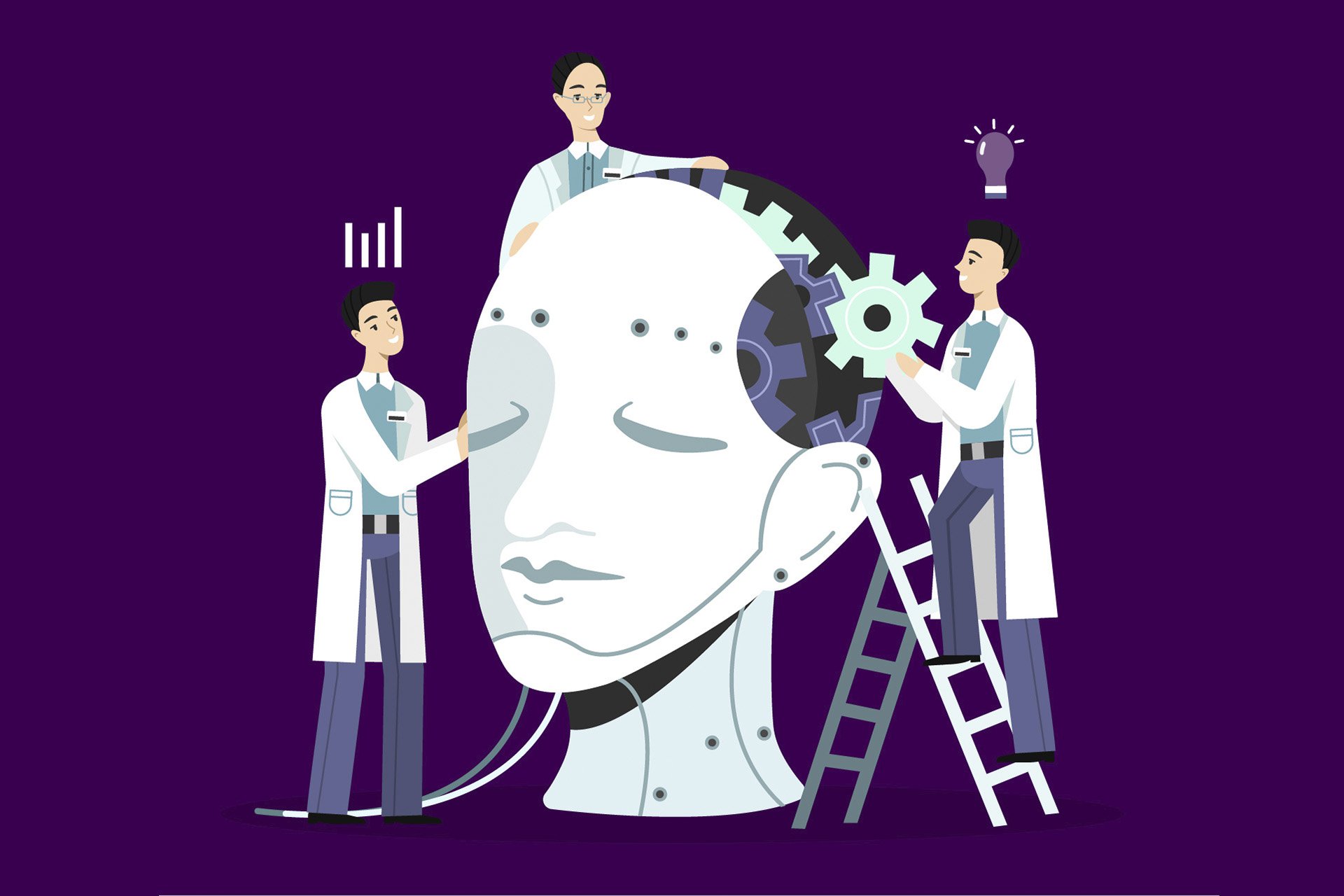The Field of Human-Robot Interaction
In the popular cartoon The Jetsons, there was a character named Rosie, who was a charismatic and engaging robot housekeeper who kept everybody honest. Even though The Jetsons first aired in 1962-63, Rosie embodies what a lot of people are looking for in their interactions with robots. This is something we will have to more closely examine as AI advances and the robots become smarter. Let’s take a look at some of the issues that could arise as robots start to play a greater role in our daily lives and are gradually incorporated into our society. This one of the main things that researchers in the field of human-robot interaction study. Let’s get a definition of this field of research and then look at some of the issues they are trying to solve.
What is Human-Robot Interaction?
Human-robot interaction (HRI) combines psychology, cognitive science, the social sciences, artificial intelligence, computer science, robotics, engineering, and human-computer interaction. The reason it is so broad is that it encompasses every scenario where humans and robots are collocated. The main goal of HRI is to provide robots with all of the skills they need to interact with humans. As robots start becoming more and more commonplace in our society, humans should not be forced to learn new communication methods of interacting with robots. Instead, the robots will adjust to humans and will be just as intuitive as another human being.
In order to endow the robot with all of the competencies they need to properly interact with humans, they need a lot of training data. Such data will need to be annotated by humans to show the robot what it needs to learn and identify. For example, if we return to the example of Rosie the robot mentioned above, she could understand human speech and recognize the faces of all the family members. In order to train such a robot, a lot of text annotation would be required to train the natural language processing (NLP) capabilities so the robot understands which words carry the most meaning. Facial recognition technology requires landmark annotation which would allow the robot to remember and recognize all of the facial features a particular person has.
Now that we know what HRI is and how the robots are trained to interact with humans, let’s take a look at some of the issues researchers are trying to solve in this area.
Trust
If we use self-driving cars as an example, there is a lot of trusts a human needs to have in the car that it can safely transport them from point A to point B. Human drivers tend to empathize with other human drivers in making critical mistakes such as not wearing a seatbelt, running a red light or a stop sign and we need to trust that the car will not make such mistakes. Even though the machine learning algorithms have been trained with tonnes of annotated data that allow it to recognize pedestrians and other items it might encounter on the road, humans are hesitant to trust the car to do so. This is a challenge that will most likely be resolved as AI systems become more mature, but today this is a big hurdle preventing autonomous vehicles from becoming mainstream.
Communication
Humans interact with each other verbally and non-verbally as well and while our brain allows us to decipher the hidden meaning behind the gestures, robots might have a more difficult time. Also, we need to take into account that the robot will also have nonverbal behaviors that will influence interaction with humans who have different personality traits. One of the interesting things about Rosie from The Jetsons was that she did not always do what she was told. If she felt that if a human was wrong in some aspect, she would tell them about it. This is one of the reasons why characters on the TV show and viewers at home loved Rosie.
Since human-robot interaction is so complex and there are a lot of moving parts involved, researchers from lots of different fields are working on creating a robot that can function in our everyday world. Also, as more things become automated, people are more likely to start accepting and trusting robots with more important things.
Mindy Support is Facilitating the Development of Robotics
As we mentioned above, creating robots that interact with humans requires a lot of data annotation. This is a very time-consuming task but it is very important for the overall success of the project. Mindy Support is taking this workload off the shoulders of researchers by providing comprehensive data annotation services. Since we are one of the largest BPO providers in Eastern Europe we assemble even the most sizable team quickly and we will be able to scale your team without sacrificing the quality.
Posted by Il’ya Dudkin





